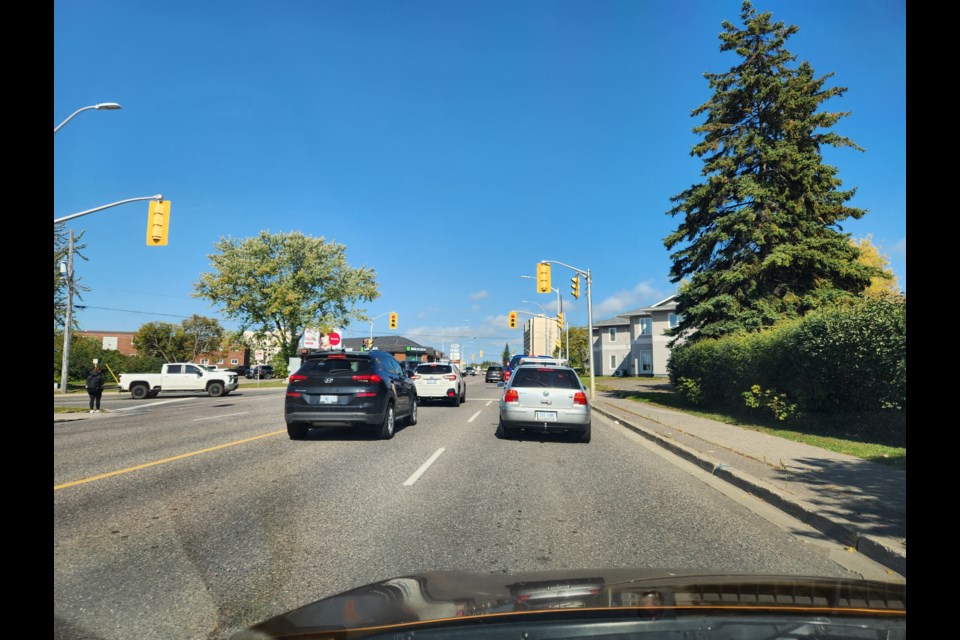THUNDER BAY — Some relief is in sight for motorists for whom successive red lights can sometimes make driving in Thunder Bay a frustrating experience.
The city is taking an important step toward the implementation of traffic light synchronization on major corridors.
It's issued a request for proposals for the supply and installation of advanced transportation management system software.
When fully implemented, drivers travelling at the speed limit and arriving at a green light should get a green at the next set of lights, the one following that, and so on.
Kayla Dixon, director of engineering and operations for the city, has previously described the existing management system as extremely dated, noting that it is a legacy system using dial-up internet, and that it's no longer supported by the supplier.
"I don't know how many people still remember the sound of dial-up internet. That's the sound we hear when we turn on our traffic control system," she told council at a meeting in 2021.
According to the most recent reported data, only about one-third of 112 traffic signals can currently be accessed remotely.
In an interview Monday concerning the RFP, Dixon said "Basically what we're looking for is the software right now behind that platform, where we can have remote access into our traffic signals and be able to look at the phasing and timing of those, change it remotely, and also look at things like syncing traffic lights along a route."
For now, city staff have identified three priority east-west corridors for synchronization – Arthur Street, the Harbour Expressway, and Red River Road.
"We'll be looking also at preemption, which is something where you give, for example, emergency vehicles or transit vehicles priority as they approach an intersection," Dixon explained.
Although the current RFP is only for the software, the full project will also involve communication to individual signals.
"For example, we will need to have communication to each traffic controller, whether that's wirelessly or, for example, through a fiber connection. Then also, the controllers themselves in some cases need to be updated," she said.
The city has an existing supplier for traffic controllers and will look to that supplier for upgraded equipment, with the expectation that the new software will integrate well with it.
That's one of the stipulations in the request for proposals.
Dixon said a tentative target for the start of implementation is the first half of 2024.
"We're hoping that by the second quarter next year we would have some corridors on the new system, and that we would be able to start, for example, by going in and changing the facing and the timing of those signals in order to start to sync them."
This stage of the project won't address another common complaint from motorists, which concerns the activation of left-turn-only signals when there are no vehicles in the turn lane.
That problem is the result of detection equipment in the intersection not working properly.
Fixing it will require detection upgrades, and the city will be looking for recommendations on what's needed.
This will reduce the city's reliance on calls from the public when signals aren't working properly, and allow staff to respond to issues more quickly.
Improvements to the traffic signal system were identified as a priority in Thunder Bay's transportation master plan back in 2018, when council was told it would not only improve traffic flow and adherence to transit schedules, but would also save fuel and cut greenhouse gas emissions by reducing stop-and-go traffic.
At the time, the estimated cost was $4 million.
Three years later, council directed administration to budget for the required improvements for full implementation by 2025.
